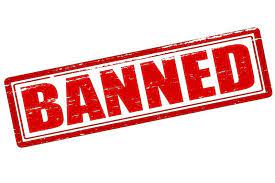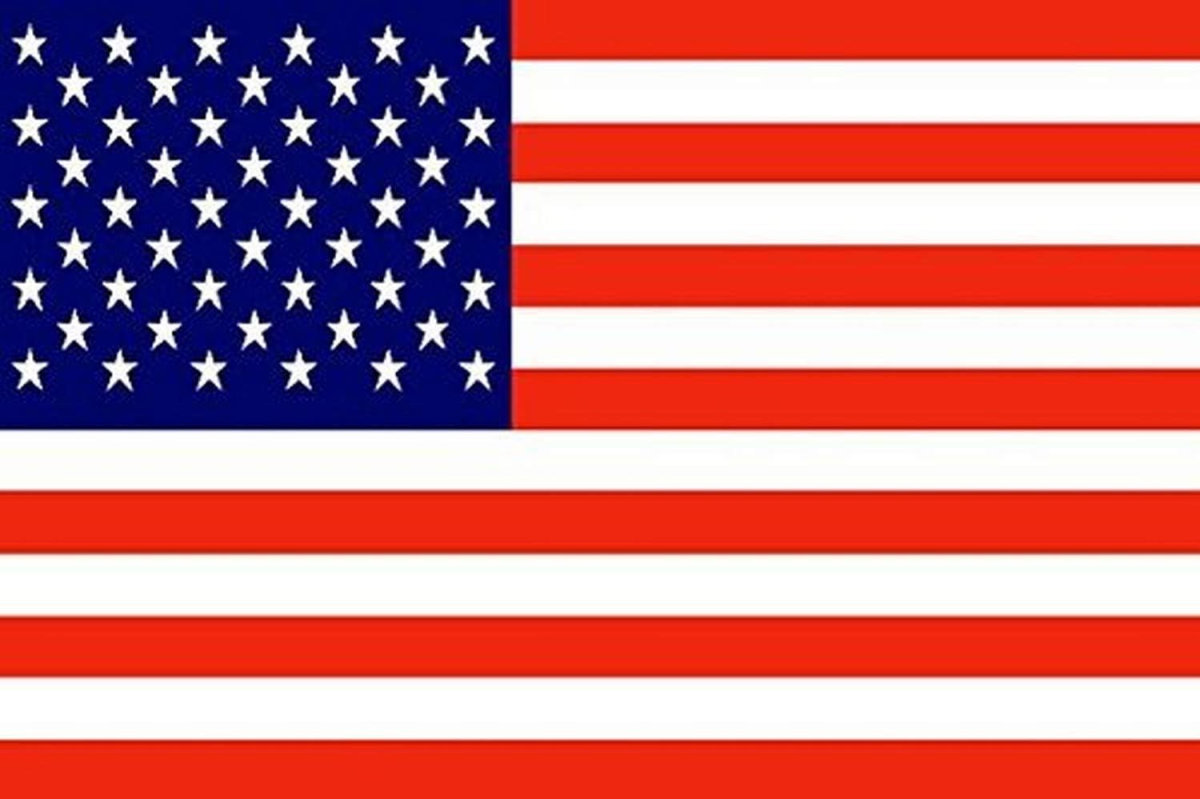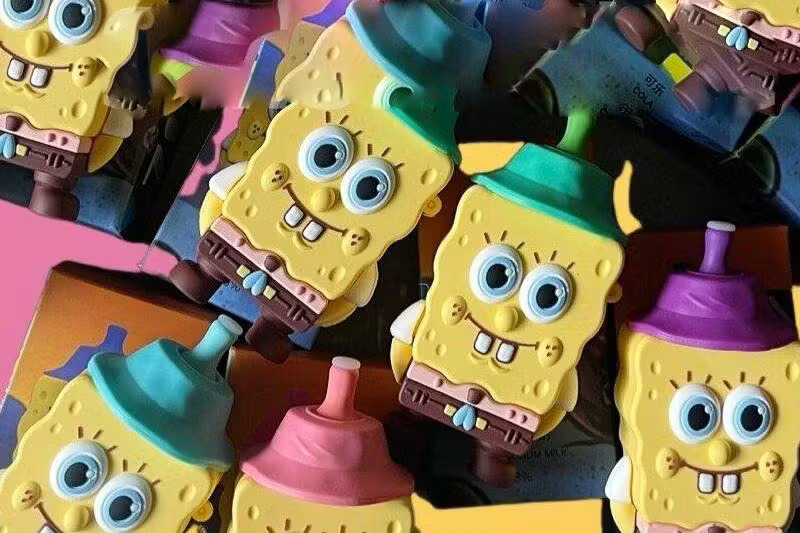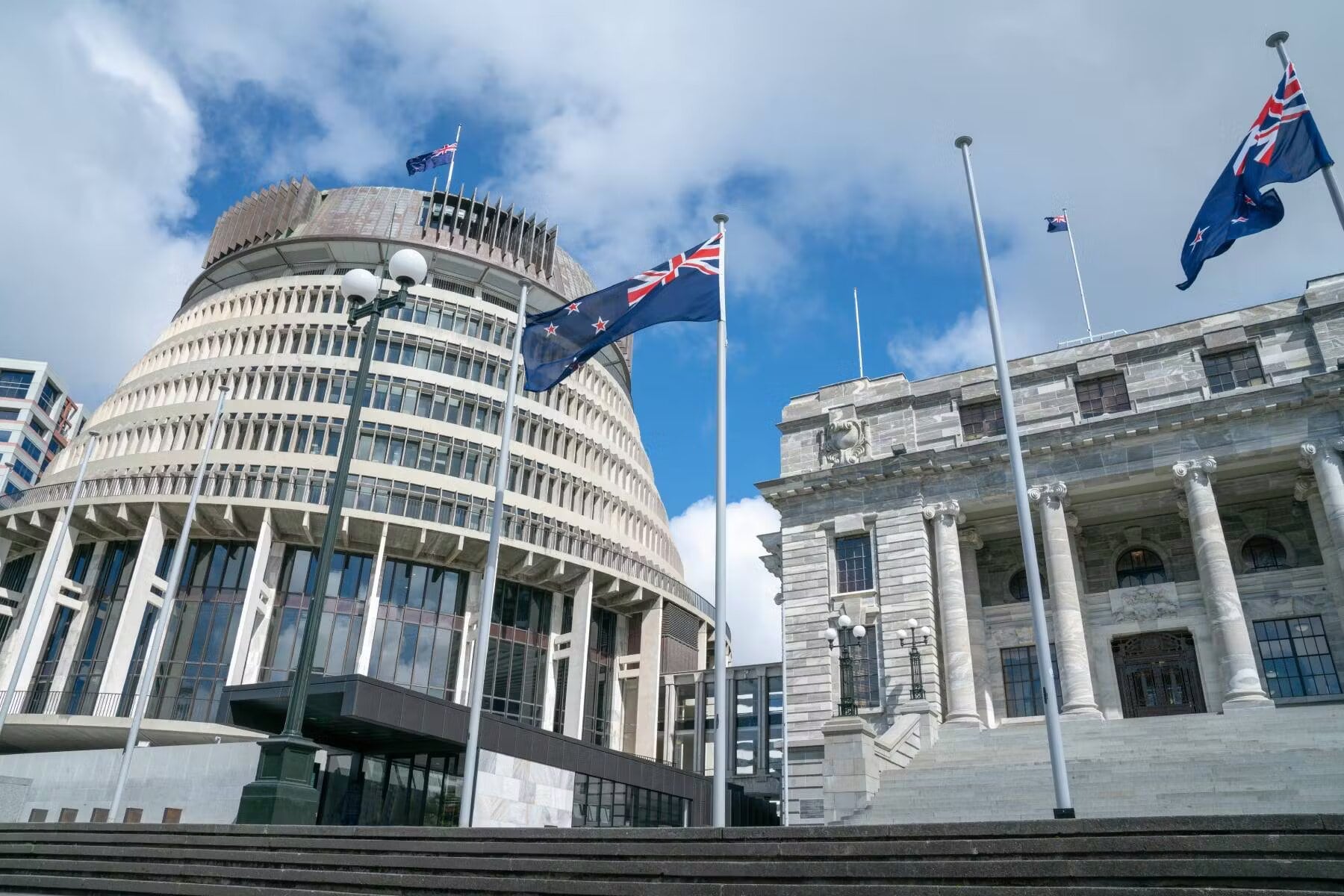Understanding the FDA’s Stance on E-Liquid Flavors
In recent years, the debate surrounding the regulation of e-cigarettes and vaping products has intensified, with health authorities and regulatory bodies grappling with the challenges posed by their growing popularity, particularly among youth. One of the key issues at the forefront of this debate is the availability of flavored e-liquids, which critics argue appeal to young users and contribute to nicotine addiction. The Food and Drug Administration (FDA) has long been concerned about the impact of flavored e-liquids on public health and has contemplated various measures to address this issue.
The FDA’s Ongoing Evaluation
The FDA’s scrutiny of flavored e-liquids stems from its commitment to safeguarding public health and addressing the concerning rise in youth vaping rates. Studies have shown that flavored e-liquids are particularly attractive to adolescents and young adults, with flavors like fruit, candy, and dessert mimicking familiar and enticing tastes. The allure of these flavors, combined with aggressive marketing tactics targeting youth, has raised alarm bells among health advocates and policymakers.
Over the years, the FDA has taken steps to regulate the sale and marketing of e-cigarettes and vaping products, including restrictions on flavor availability. However, the agency’s efforts have faced legal challenges and pushback from industry stakeholders, resulting in a complex regulatory landscape with significant gaps.
Despite these challenges, the FDA has remained steadfast in its commitment to addressing the youth vaping epidemic and mitigating the risks associated with flavored e-liquids. In 2019, then-FDA Commissioner Scott Gottlieb announced plans to restrict the sale of flavored e-cigarettes in convenience stores and gas stations, limiting access to these products for underage users. While this represented a significant step forward in the FDA’s efforts to curb youth vaping, the proposed restrictions fell short of a comprehensive flavor ban, leaving the door open for continued debate and advocacy.
In the years since, the FDA has continued to evaluate the impact of flavored e-liquids on public health and explore potential regulatory interventions. The agency has solicited feedback from stakeholders, including health experts, industry representatives, and the general public, to inform its decision-making process. While no definitive action has been taken to date, the FDA has signaled its willingness to consider all available options to address the youth vaping crisis, including the possibility of a complete ban on flavored e-liquids.
The Stakes at Hand
The prospect of an FDA ban on flavored e-liquids carries significant implications for the e-cigarette industry, public health, and the millions of Americans who rely on these products as smoking cessation aids. Proponents of flavor restrictions argue that they are necessary to protect young people from the dangers of nicotine addiction and reduce overall tobacco use. They point to evidence suggesting that flavors play a central role in initiating and sustaining youth vaping behavior, making them a primary target for regulatory action.
However, opponents of flavor bans contend that such measures could have unintended consequences, including driving adult smokers back to combustible cigarettes or illicit markets. They argue that flavored e-liquids serve as a critical harm reduction tool for smokers looking to quit traditional tobacco products and should remain accessible to adult consumers. Additionally, they raise concerns about the potential economic impact of flavor restrictions on small businesses and the broader vaping industry.
Looking Ahead
As the FDA weighs its options for addressing flavored e-liquids, stakeholders on all sides of the debate are closely monitoring developments and advocating for their respective positions. The outcome of this deliberation will have far-reaching implications for public health policy, tobacco control efforts, and the future of the e-cigarette industry.
In the meantime, public health advocates continue to emphasize the need for comprehensive strategies to prevent youth vaping initiation, promote smoking cessation, and address the underlying factors driving the popularity of e-cigarettes among young people. While the FDA plays a pivotal role in shaping regulatory policy, addressing the youth vaping epidemic requires a coordinated and multi-faceted approach involving government agencies, healthcare providers, educators, parents, and communities.
As the FDA continues to grapple with the complexities of regulating flavored e-liquids, one thing remains clear: the stakes have never been higher, and the need for decisive action has never been more urgent. The decisions made in the coming months and years will shape the trajectory of tobacco control efforts and determine the health outcomes of future generations. In the face of uncertainty and controversy, one thing is certain: the debate over flavored e-liquids is far from over, and the FDA’s final decision could reshape the landscape of vaping regulation for years to come.



